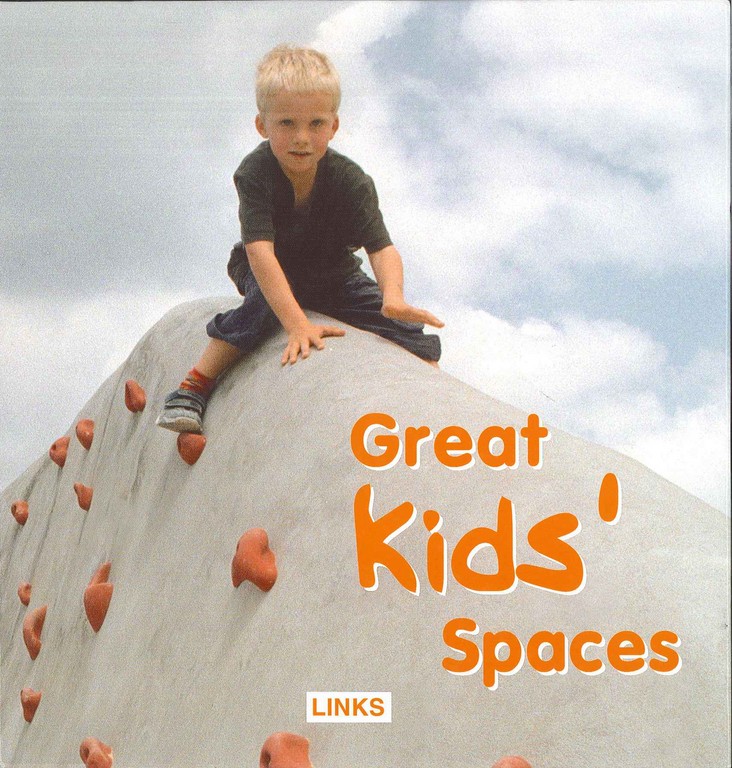A World at Play

For all the “importance” attached to creating works of art in outdoor environments, there’s no denying the fact that, in the majority of cases, the root of much of the appeal of watershape designs (and exterior designs in general) still has much to do with having a good time.
In my own practice, for example, I’d estimate that somewhere around 85 percent of my clients are inspired by the desire to build watershapes and pool environments as sources of play for their children or grandchildren – or, as some put it, because they’re still big kids at heart and “just want to have fun.”
This is why I couldn’t resist picking up a book called Great Kids’ Spaces, an English translation of a book originally written in Spanish by Marta Rojals (Links International, 2006). This 270-page volume is wonderfully illustrated, clearly written and covers an extremely wide range of playground spaces around the world.
For the most part (and not surprisingly, once you get into the book), most of the projects covered are massive public installations that typically flow over several acres. What struck me immediately, however, is that much of the information transfers easily to residential designs because the author did a great job of defining key issues related to how kids use playgrounds and how activities differ at different age levels.
She breaks the text into three main sections: play area design and features; safe play conditions; and case studies.
The first section offers a terrific analysis of a range of issues including use of topography; layout options; arrangement of pathways and stairs; and myriad options related to play centers ranging from slides and swings to climbing structures and more. The ambition throughout is to define ways to use zones and details to stimulate imaginative play – and even to see things in terms of creating venues for distinct forms of education.
Next, the comprehensive section on safety discusses everything from safety surfaces to the appropriate scaling and sizing of features to accommodate the height ranges of children of various ages – and to avoid such problems as kids’ heads getting stuck between bars.
Mostly, however, it’s the case studies of the third section that stand out. Indeed, what I found here was an almost mind-bending variety and creativity: In simply scanning the sketches, drawings and photographs, I found that play-area design has become an art and science unto itself in much the same way as has watershaping. I was particularly impressed by the clear impulse these designers have to blend visual treatments, elaborate themed elements and structures into easygoing environments – or let them loose to make bold sculptural statements.
Yes, these are large installations in distinctly public environments, but it requires no great leap to see how the ideas and principles described in this book can be applied to our work as watershapers and arrangers of landscapes.
And I’ve taken to heart some advice given in the book’s opening section: Early on, we’re urged to get out and actively observe how children play in public spaces. That would seem an obvious step in the education of any designer, but I know from experience that relatively few of us invest the time required to observe how the spaces and structures we design are actually used. For my part – armed with the principles defined by this book – it’s an exercise I plan on working into my routines.
Mike Farley is a landscape architect with more than 20 years of experience and is currently a designer/project manager for Claffey Pools in Southlake, Texas. A graduate of Genesis 3’s Level I Design School, he holds a degree in landscape architecture from Texas Tech University and has worked as a watershaper in both California and Texas.










